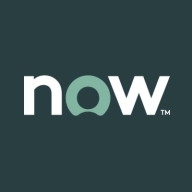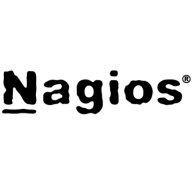

Loom Systems and Nagios Core are competing products in IT monitoring and analytics. Loom Systems seems to have the upper hand in automation and AI-driven insights due to its advantage in predictive analytics and proactive monitoring.
Features: Loom Systems provides advanced AI-driven anomaly detection, predictive analytics, and proactive issue resolution. Nagios Core offers robust monitoring supported by an extensive plugin library, enabling high customization and flexibility.
Room for Improvement: Loom Systems could enhance its customization options, expand community support, and lower its initial setup costs. Nagios Core could improve its deployment ease, streamline customer service, and modernize its user interface.
Ease of Deployment and Customer Service: Loom Systems offers a streamlined deployment process with strong customer support, focusing on ease and speed for cloud-based solutions. Nagios Core requires more technical expertise for deployment and configuration, often depending on community-based support.
Pricing and ROI: Loom Systems generally incurs higher initial setup costs but offers promise for greater long-term ROI by minimizing unplanned downtime. Nagios Core's open-source nature results in low initial costs, appealing to budget-conscious organizations, though customization and maintenance might impact future ROI.
| Product | Market Share (%) |
|---|---|
| Nagios Core | 3.1% |
| Loom Systems | 0.3% |
| Other | 96.6% |


| Company Size | Count |
|---|---|
| Small Business | 20 |
| Midsize Enterprise | 11 |
| Large Enterprise | 22 |
This is IT infrastructure monitoring's industry-standard, open-source core. Free without professional support services.
We monitor all IT Infrastructure Monitoring reviews to prevent fraudulent reviews and keep review quality high. We do not post reviews by company employees or direct competitors. We validate each review for authenticity via cross-reference with LinkedIn, and personal follow-up with the reviewer when necessary.